How To Set Up Bird Feeders: 10 Tips and Step-by-Step Guide
Discover the essential steps for setting up bird feeders in your backyard with this comprehensive guide. Learn what bird foods to offer, how to choose the best feeder, and when to clean and maintain your feeders for the health and happiness of your feathered visitors.
Contents
Best Bird Feeder Types and Their Price Range
There are 4 types of bird feeder available on the market and they designed for variety of birds. You might consider one of them, so it can last long than your average bird feeder.
| Feeder Type | Best For Attracting | Check Price Range |
|---|---|---|
| Best Tube Feeders for Backyard | Finches, Chickadees, Nuthatches E3BC0E | Check price on Amazon |
| Platform Feeders | Cardinals, Jays, Doves | Check price on Amazon |
| Hopper Feeders | Woodpeckers, Sparrows | Check price on Amazon |
| Suet Feeders | Woodpeckers, Wrens, Creepers | Check price on Amazon |
10 Essential Tips for Setting Up Your New Bird Feeder
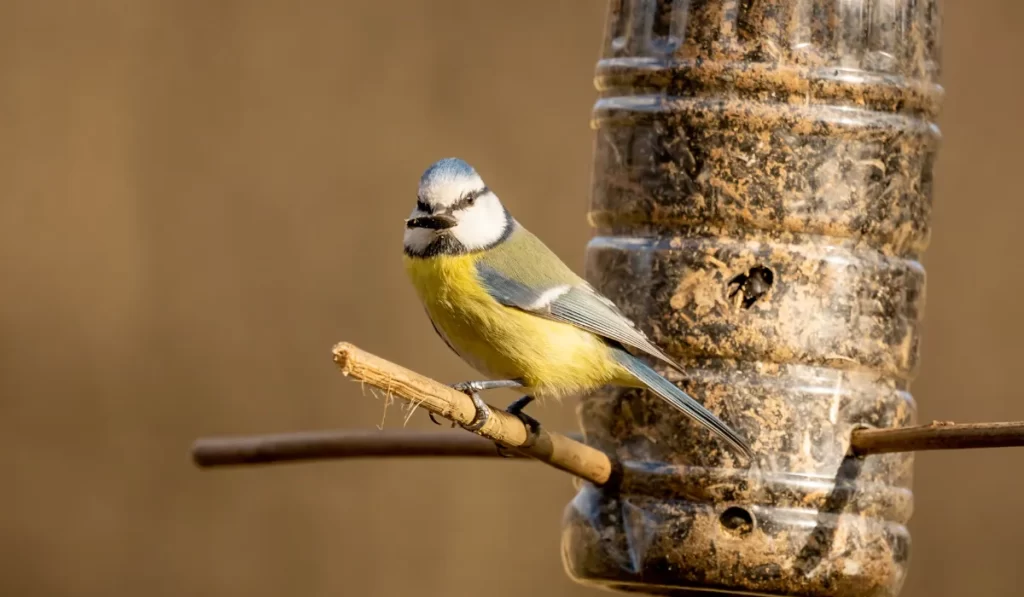
Maybe you brought one the best feeder from the market and don’t know how to setup your feeder. Follow these ten tips to attract a wide variety of birds and make maintenance a breeze.
- Choose the Right Location
Place your feeder where birds can spot it easily but are sheltered from heavy winds. A spot near shrubs or trees gives perching options and quick cover from predators. - Pick the Perfect Height
Mount the feeder 5–6 feet above ground to balance accessibility for birds and safety from neighborhood cats. Adjust height depending on your yard’s layout and local wildlife. - Ensure Safety from Predators
Install baffles below or above the feeder to deter squirrels and raccoons. If cats prowl your yard, position the feeder at least 10 feet away from jumping-off points. - Provide Multiple Perches
Choose a feeder with lateral perches or attach small branches nearby. Extra perches reduce competition and let more birds feed comfortably at the same time. - Keep It Clean and Dry
Clean your feeder every two weeks with a mild soap solution and rinse thoroughly. Position it under an overhang or use a feeder with a roof to protect seed from rain and mold. - Select Quality Feed
Research which seeds local birds prefer—sunflower, nyjer, and millet are popular choices. Mix in peanuts or suet blocks for woodpeckers and nuthatches to diversify your visitors. - Offer Fresh Water
Birds need water for drinking and bathing. Place a shallow birdbath or dripper within view of your feeder to encourage longer backyard visits. - Add Natural Cover
Plant native shrubs, evergreens, or install a brush pile nearby. Natural cover offers hiding spots for shy species and gives you better viewing opportunities. - Keep It Visible to Watchers
Install the feeder within sight of a window or patio. Close proximity not only delights you but also helps you spot any cleaning or refill needs quickly. - Monitor and Adapt
Observe which birds visit and adjust your feed types or feeder height as needed. Experiment with different feeder styles—tube, platform, hopper—to see what attracts the most activity.
Following these steps, your new bird feeder will become the centerpiece of daily wildlife visits. Grab your binoculars, grab a seat by the window, and enjoy the joyful spectacle you’ve created.
Benefits of Placing a Bird Feeder
Setting up bird feeders in your backyard can provide hours of entertainment and enjoyment as you watch a variety of bird species visit your outdoor space.
In this guide, we’ll walk you through everything you need to know to create a welcoming feeding station for your avian friends.
Should I Feed Birds Regularly?
Feeding birds regularly can provide them with a reliable food source, especially during times of food scarcity such as winter or periods of migration.
Offering consistent food, you can attract a diverse range of bird species to your backyard and help them thrive throughout the year.
What Bird Foods Should I Place in Feeder?
When selecting bird foods for your feeders, it’s important to offer a variety to attract different bird species.
Common options include black oil sunflower seeds, Nyjer (thistle) seed, suet, millet, and cracked corn. Experiment with different blends to see which foods are most popular with the birds in your area.
What Human Foods Are Dangerous for Birds?
While it may be tempting to share scraps from your kitchen with backyard birds, many human foods can be harmful or even toxic to them.
Avoid offering birds foods high in salt, sugar, or caffeine, as well as any foods that are spoiled or moldy. Additionally, never feed birds avocado, chocolate, alcohol, or foods containing artificial sweeteners like xylitol.
Bird Food Variation in Winter, Spring, Summer and Autumn
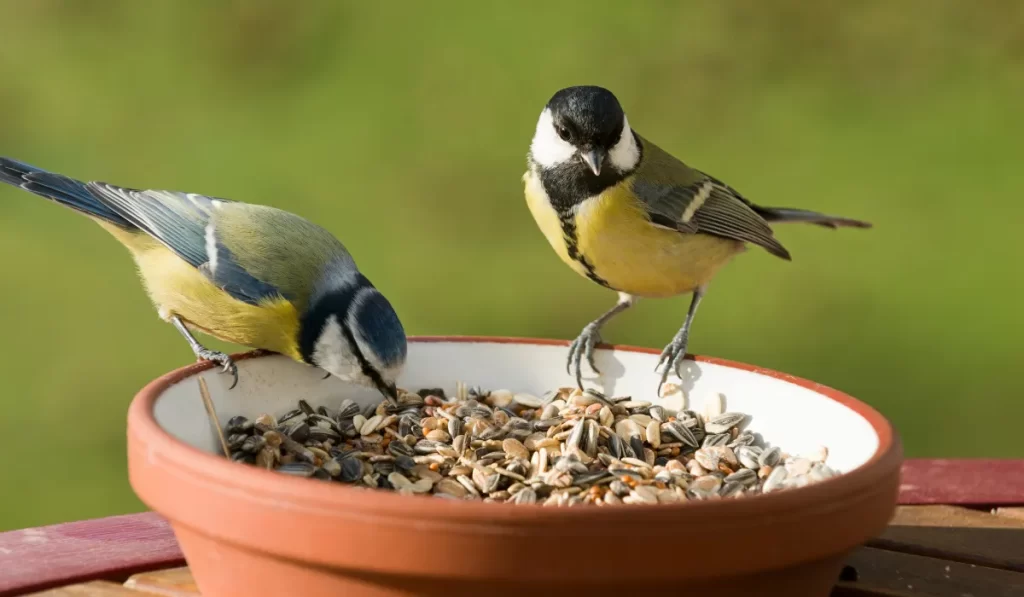
Here I provided a details breakdown for each season
Bird Food Variation in Winter
In winter, birds face harsh weather conditions and limited food sources, making it crucial to provide high-energy foods to help them stay warm and maintain their energy levels. Popular winter bird foods include:
- Black oil sunflower seeds: These seeds are high in fat and calories, making them an excellent source of energy for wintering birds.
- Suet: Suet cakes or blocks provide birds with essential fats and proteins to help them survive cold temperatures.
- Nyjer (thistle) seed: Nyjer seed is a favorite among finches and other small birds and provides much-needed calories during the winter months.
- Peanuts: Peanuts are rich in fat and protein and are especially popular with woodpeckers, nuthatches, and jays.
Bird Food Variation in Spring
Spring is a time of renewal and abundance, and birds’ dietary needs shift as they prepare for breeding and nesting season. Offer a mix of protein-rich foods and calcium sources to support birds during this critical time:
- Mealworms: Live or dried mealworms are an excellent source of protein for birds, especially insect-eating species like bluebirds and warblers.
- Fruits: Offer fresh or dried fruits such as raisins, berries, and chopped apples to attract fruit-eating birds like orioles and robins.
- Calcium supplements: Crushed eggshells or commercially available calcium supplements can help nesting birds meet their calcium needs for egg formation.
Bird Food Variation in Summer
Summer brings an abundance of insects and natural food sources for birds, but supplemental feeding can still attract a variety of species to your backyard. Offer a mix of seeds, fruits, and insects to appeal to different dietary preferences:
- Seed blends: Provide a mix of seeds such as sunflower seeds, millet, and cracked corn to attract a diverse range of seed-eating birds.
- Nectar: Hang hummingbird feeders filled with sugar water to attract these tiny, nectar-feeding birds to your backyard.
- Insects: Offer live mealworms or insect suet cakes to attract insect-eating birds like chickadees, warblers, and flycatchers.
Bird Food Variation in Autumn
As temperatures cool and daylight hours shorten, birds begin to prepare for migration and the challenges of winter ahead. Offer high-fat foods and natural food sources to help birds build up their energy reserves:
- High-fat seeds: Continue to provide black oil sunflower seeds, Nyjer seed, and peanuts to help birds build up fat stores for migration and winter.
- Berries: Many bird-friendly plants produce berries in the fall, providing a natural food source for birds preparing to migrate.
- Fall fruits: Offer apples, pears, and other fall fruits to attract fruit-eating birds like cedar waxwings and American robins before they head south for the winter.
How to Set Up Bird Feeders in Backyard: Expert Techniques
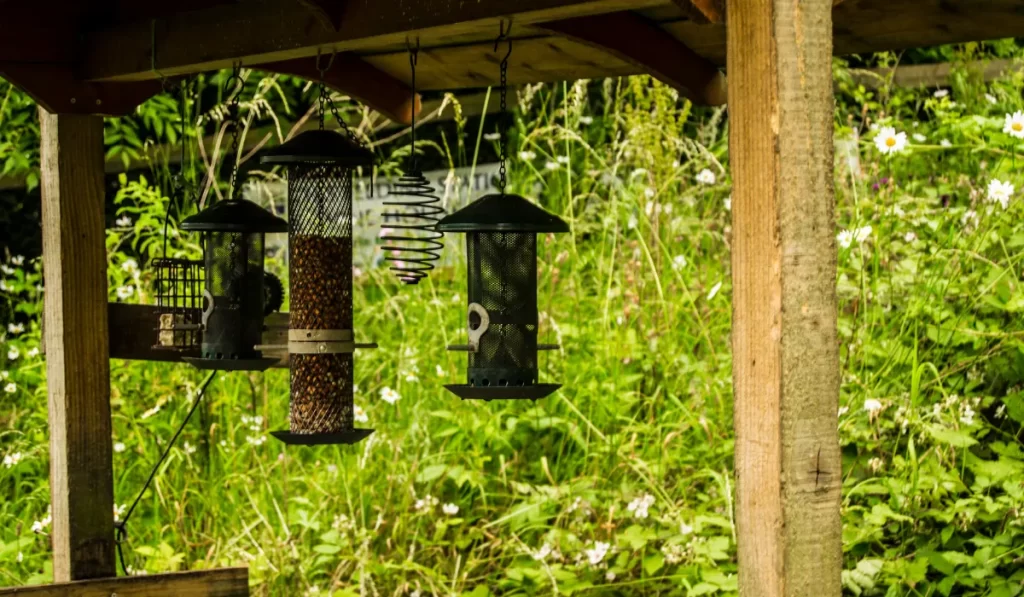
Elevate your backyard birding experience with these expert techniques.
These insights go beyond the basics to ensure your feeder attracts a dazzling array of species, stays maintenance-light, and looks stunning from every viewing angle.
- Install a Swivel Hanger
Use a heavy-duty swivel hook or rotating system so the feeder can turn freely when birds alight. This reduces seed clumping in one spot and gives every feathered visitor equal access. - Level and Anchor Precisely
Before filling, use a small bubble level to ensure the feeder hangs perfectly horizontal. An uneven feeder spills seed faster and deters skittish species that prefer stable perches. - Integrate a Seed Catcher Tray
Add an adjustable mesh tray or tray ring beneath the feeder to catch dropped seeds. This not only reduces waste and cleanup but also attracts ground-feeding sparrows and doves. - Hide the Mounting
Conceal poles or brackets with natural-looking wraps—bamboo screening or weather-proof vines—to make birds feel safer. A discreet mount blends seamlessly into foliage, encouraging more shy birds to visit. - Fine-Tune Feed Flow
If using a hopper or tube feeder, adjust the seed ports to control the rate at which seed is dispensed. A slower flow keeps seed fresher and prevents large flocks from emptying the feeder in minutes. - Add Seasonal Attachments
Clip on egg-shell halves or oyster shell grit holders near the feeder to supply essential calcium during nesting season. Birds will associate your setup with both food and critical nesting resources. - Incorporate Motion Deterrents
For persistent squirrels or starlings, suspend reflective discs or small wind-activated chimes a foot above your feeder. The gentle motion and sparkles spook non-native pests without harming wildlife.
Beyond setup, consider installing a small wildlife camera aimed at the feeder to catalog visitors. So later you can decide where to place it.
You my consider this top notch wildlife camera for your backyard at low cost.
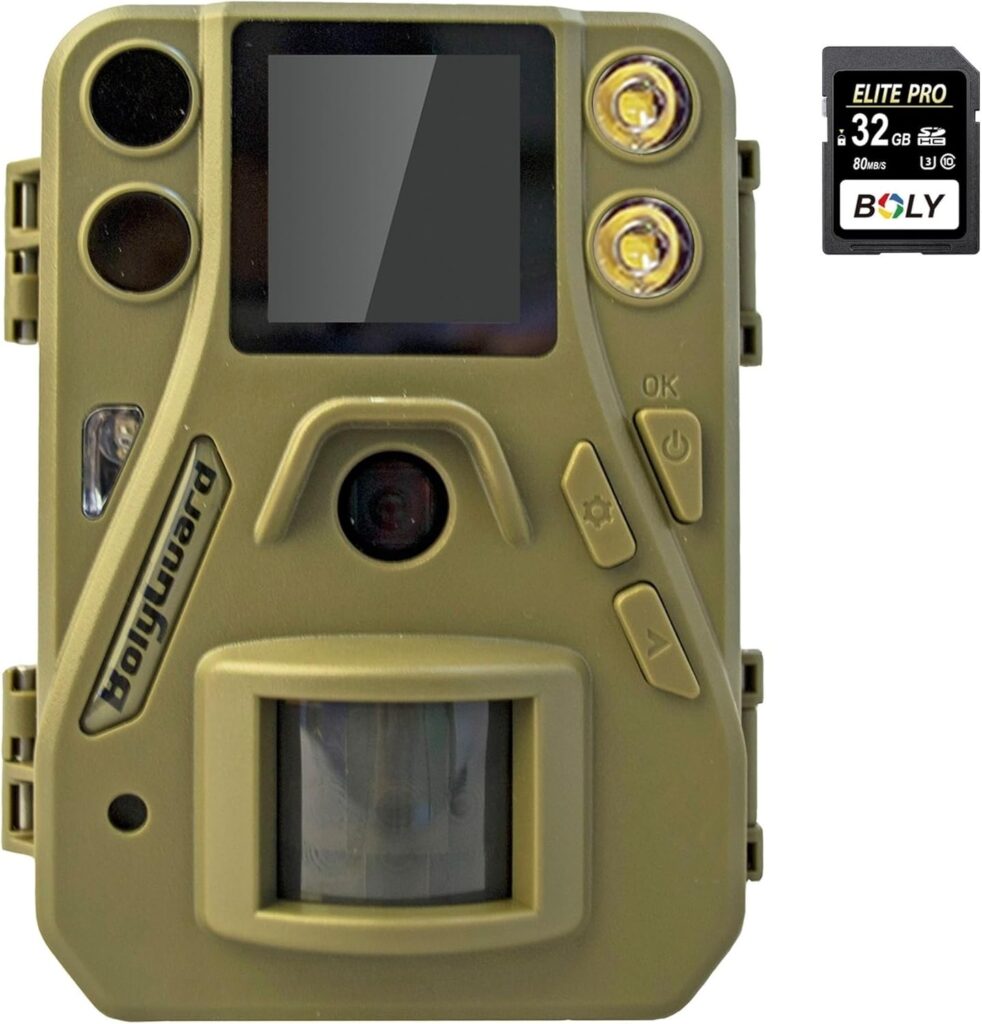
How to Choose the Best Bird Feeder for Backyard?
There are many types of bird feeders available, each designed to attract different bird species and accommodate various types of bird food.
Consider factors such as feeder design, capacity, durability, and ease of cleaning when selecting a feeder for your backyard.
Tube feeders, platform feeders, and suet feeders are popular options that can attract a wide range of birds. you can choose one of the best feeder for your backyard selected by birdingpros.
| Feeders | Check Price Range |
|---|---|
| Tube Feeders | Check price on Amazon |
| Platform Feeders | Check price on Amazon |
| Hopper Feeders | Check price on Amazon |
| Suet Feeders | Check price on Amazon |
When to Clean Bird Feeders?
Keeping your bird feeder clean protects visiting birds from disease and ensures seed stays fresh and mold-free. Below is a clear guide on timing, signs, and schedules for cleaning all year round.
Why Regular Cleaning Matters
Cleaning every feeder eliminates harmful bacteria, mold spores, and seed husks that can accumulate over time. A tidy feeder keeps birds healthy, reduces pest infestations, and lets you enjoy vibrant backyard activity without interruption.
Recommended Cleaning Schedule
| Season | Frequency | Triggers for Extra Cleaning |
|---|---|---|
| Spring & Summer | Every 1 week | After heavy rain or extreme heat |
| Autumn & Winter | Every 2 weeks | When humidity rises or seed dampens |
| Year-Round | After any spill | If feeder tip-overs attract debris |
Quick Rinse vs. Deep Clean
- Quick Rinse
- Remove leftover seed and debris
- Rinse with hot water and let air-dry
- Ideal for mid-week touch-ups when feeder looks clean
- Deep Clean
- Disassemble all parts
- Soak in 1:9 vinegar-to-water or mild soap solution for 20 minutes
- Scrub with a brush, rinse thoroughly, and fully dry before refilling
- Perform monthly or when switching seed types
Read More:
- What Attracts Birds to Your Yard: A Comprehensive Guide
- Attracting Songbirds To Your Backyard: 6 Special Idea
- Free Woodworking Plans for Birdhouses: Step-by-Step Guide
FAQs Related to How to Set Up Bird Feeders in Backyard
How often should I refill my bird feeders?
The frequency of refilling bird feeders depends on the size of the feeder and the number of birds visiting your backyard. Check feeders regularly and refill them as needed to ensure a constant food supply for your feathered visitors.
How can I prevent squirrels from raiding my bird feeders?
To deter squirrels, consider investing in squirrel-proof feeders or adding baffles or other barriers to existing feeders. Placing feeders on poles with predator guards can also help prevent unwanted visitors.
Should I offer water along with bird food?
Providing fresh water for drinking and bathing is just as important as offering food to backyard birds. Consider adding a birdbath or shallow dish of water near your feeders to attract even more avian visitors.
Can I attract specific bird species with certain types of feeders or foods?
Yes, certain bird feeders and foods are more attractive to specific bird species. Research the feeding preferences of birds in your area and tailor your feeder setup accordingly to attract your desired species.
Conclusion
Setting up bird feeders in your backyard is a rewarding way to connect with nature and support local bird populations.
By providing a reliable food source, choosing the right feeder and food options, and maintaining a clean feeding station, you can create a welcoming habitat for birds year-round.
Enjoy the sights and sounds of backyard birdwatching as you watch your feathered visitors flock to your feeders!

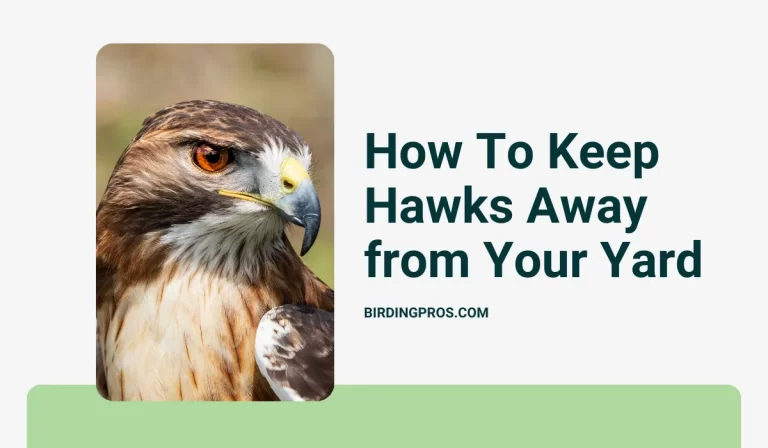
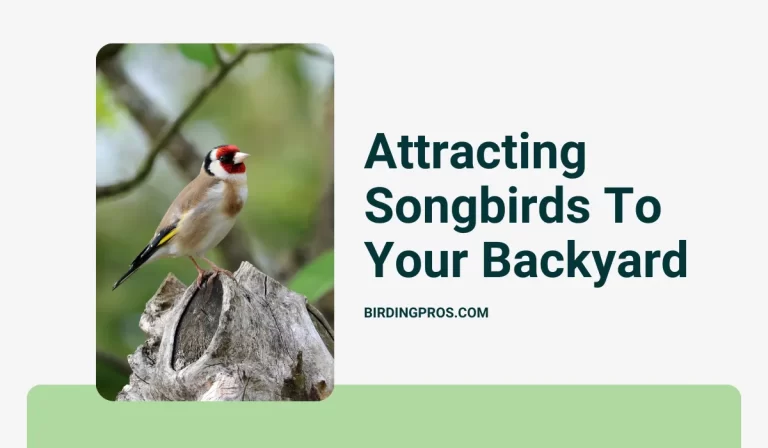
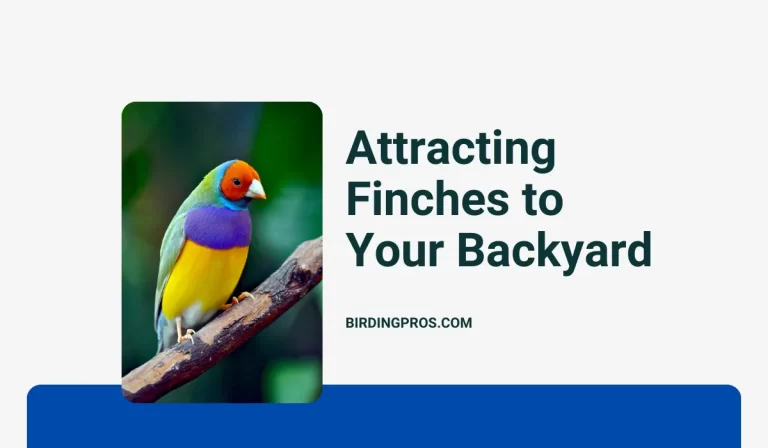
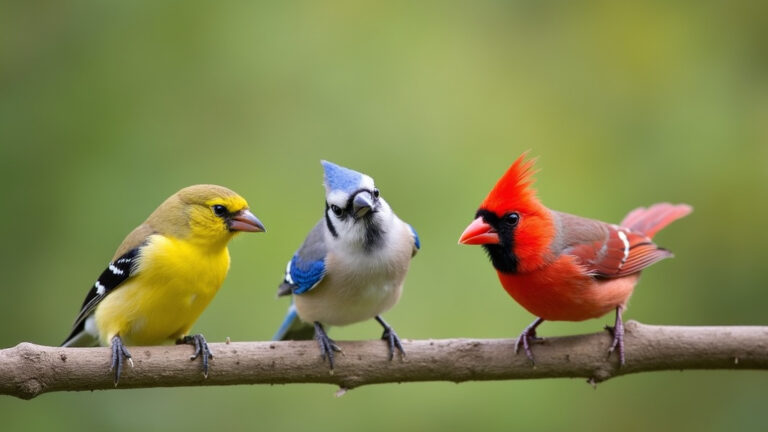
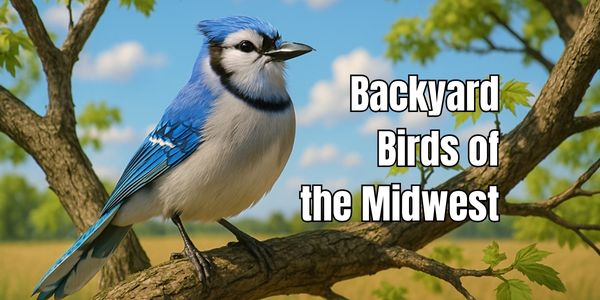
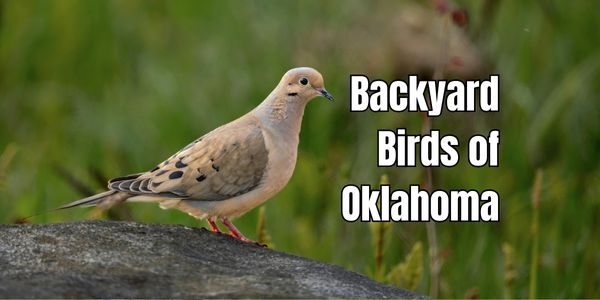
Thanks for sharing. I read many of your blog posts, cool, your blog is very good.
Thank you for your sharing. I am worried that I lack creative ideas. It is your article that makes me full of hope. Thank you. But, I have a question, can you help me?